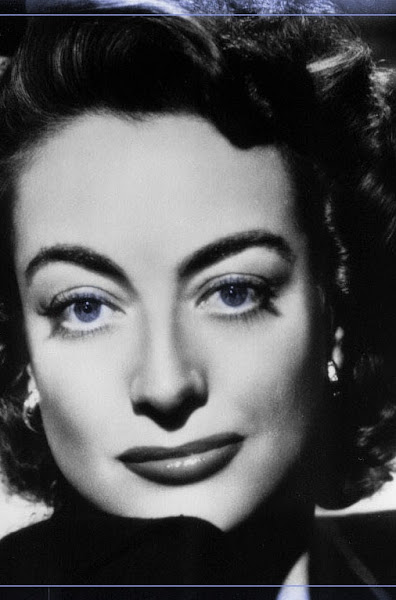 ** out of ****
** out of ****
The promotional poster for David Gordon Green’s “Snow Angels” says “Some will fall, some will fly,” and as far as the film is concerned, I am inclined to concur with the former. With the depression and intense dramatization that surrounds the breakdown of families, I was predisposed to initially compare the film’s circumstances to such American film classics as “Ordinary People” or “American Beauty,” but ultimately, “Snow Angels” is a pale light to either of them.
In the film, a teenaged band geek named Arthur (Michael Angarano) watches his parents split up while his co-worker Annie (Kate Beckinsale) struggles with her depressed, estranged husband, Glenn (Sam Rockwell), in small-town, U.S.A. Meanwhile, Arthur finds his first love in quirky new girl, Lila (Olivia Thurby), and Annie seeks comfort in the arms of Nate (Nicky Katt) whose lothario-like ways eventually pull apart all of his relationships, including his marriage. Eventually when Annie’s daughter goes tragically missing, everything falls apart and nothing is the same again.
On paper, this plot sounds rather complicated and intriguing, but in reality, it is neither. Segments of “Snow Angels” display how director Green is out-of-touch with so many aspects of his film, particularly in the area of character development. For example, Arthur is a relatively believable teenager until he becomes a caricature—his stash of Heineken and his bong connote a recklessness that is synonymous with adventurous youth, but obviously their random insertion tears away from the construction of Arthur’s character. Even Glenn becomes the caricature of one of those crazy people who advocates religious tapes while harboring insanity within. In addition, the collapse of the house of stacked photos that Arthur’s mother had been slowly creating conspicuously represents her fraught psyche. I think that Green cuts corners in his character development by using simple devices like these in order to reveal something about each character, meaning they are intended to be representatives of something to be believable, but this denotes a lack of ingenuity in the screenplay, and with its emphasis on character interaction, poor character development is something from which it should not suffer, but alas, it does.
One important scene worth mentioning reveals a crucial theme of the film and does indicate some of its intelligence. When Lila shows Arthur her first impressions of the town with the photos from her album, her photos exhibit several locations around the town that are covered by the film’s perpetual snow. The beauty and innocence indicated by the snowy scenes do not register with Arthur, who says he can hardly recognize any of the places in the photos even though he lives among them all. The photos are notably idealistic, as the snow in nearly every scene of the whole film is dirty, and the beauty and purity indicated by the photos are truly nonexistent. Obviously the idea of snow contrasts with the bleakness paramount to the film and proves the unrealistic ideal of the photos in comparison with the murky reality of the town. With an appropriate thematic representation like this, Green ably proves that his screenplay does hold up despite other failings that I have established.
In essence, the film does express moments of complete and utter magic, but at other times, the film descends to the levels of Lifetime movie hell. Only through the genuine acting of the main characters and moments of clever writing is the film saved from that damnation.
“Snow Angels” is playing now at the Belcourt Theater.
Originally published in the April 17 issue of Versus Magazine: Entertainment & Culture
April 17, 2008
Snow Angels
Subscribe to:
Post Comments (Atom)

.jpg)

.jpg)
.jpg)

No comments:
Post a Comment